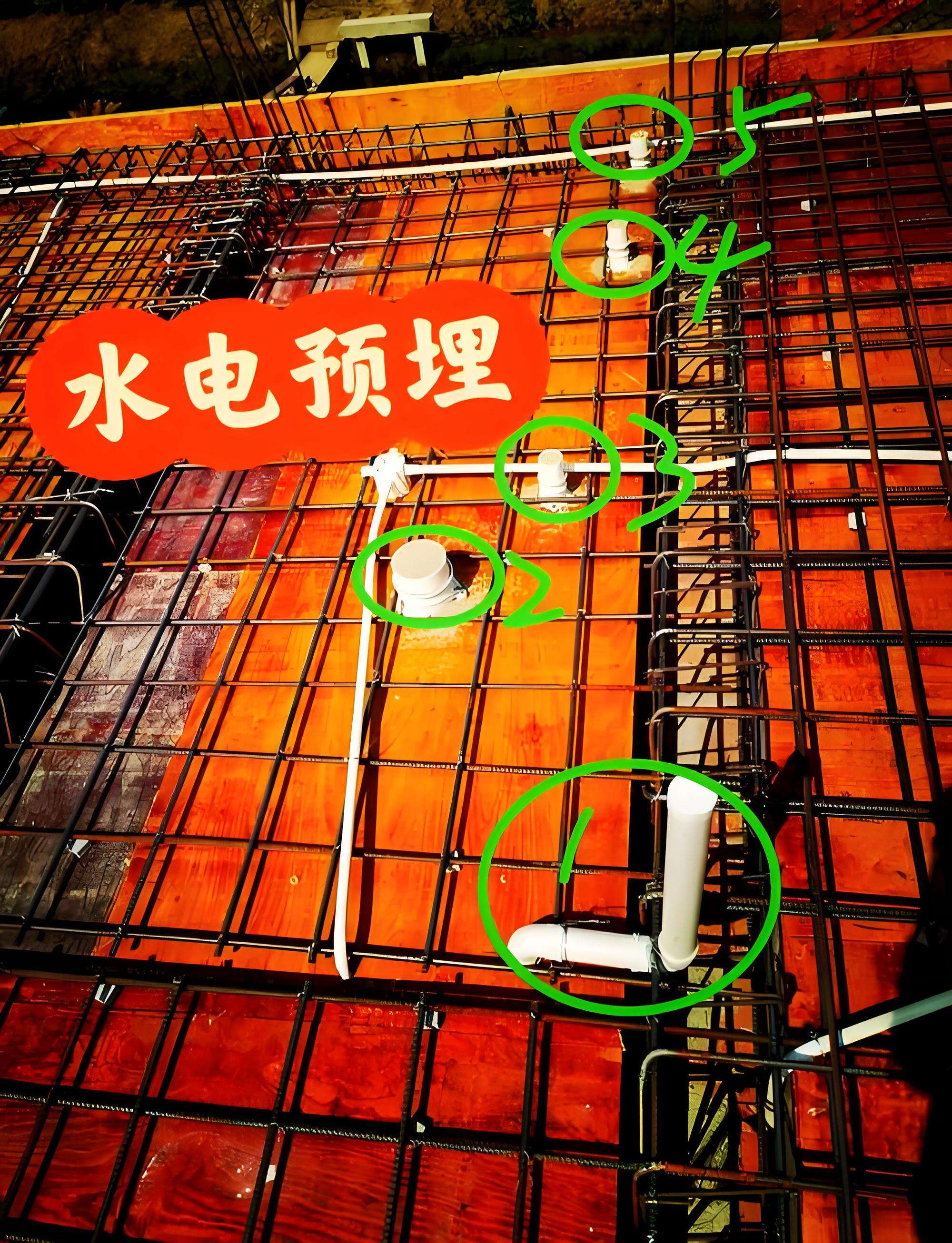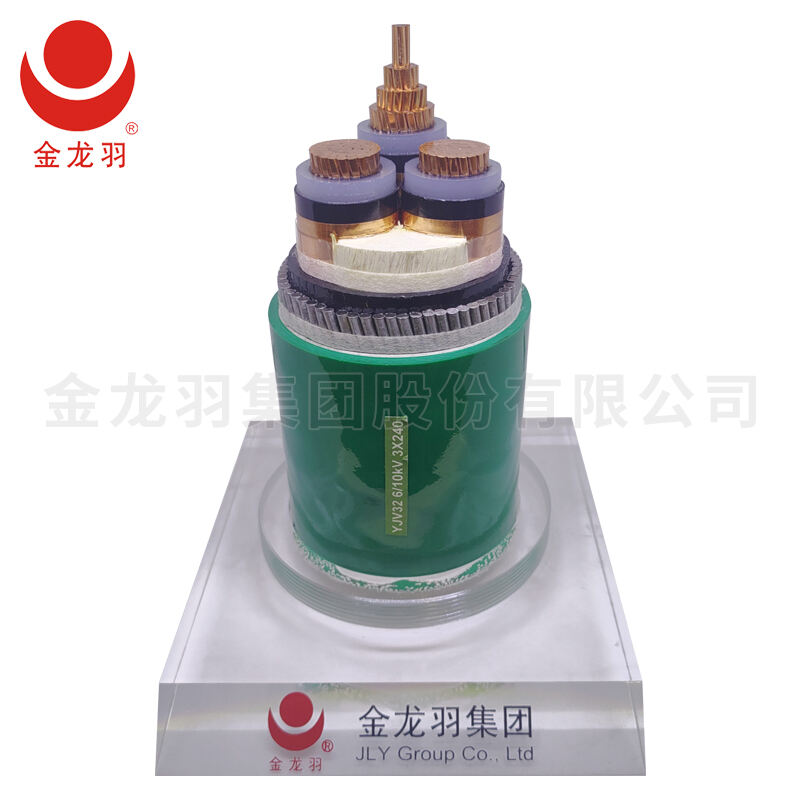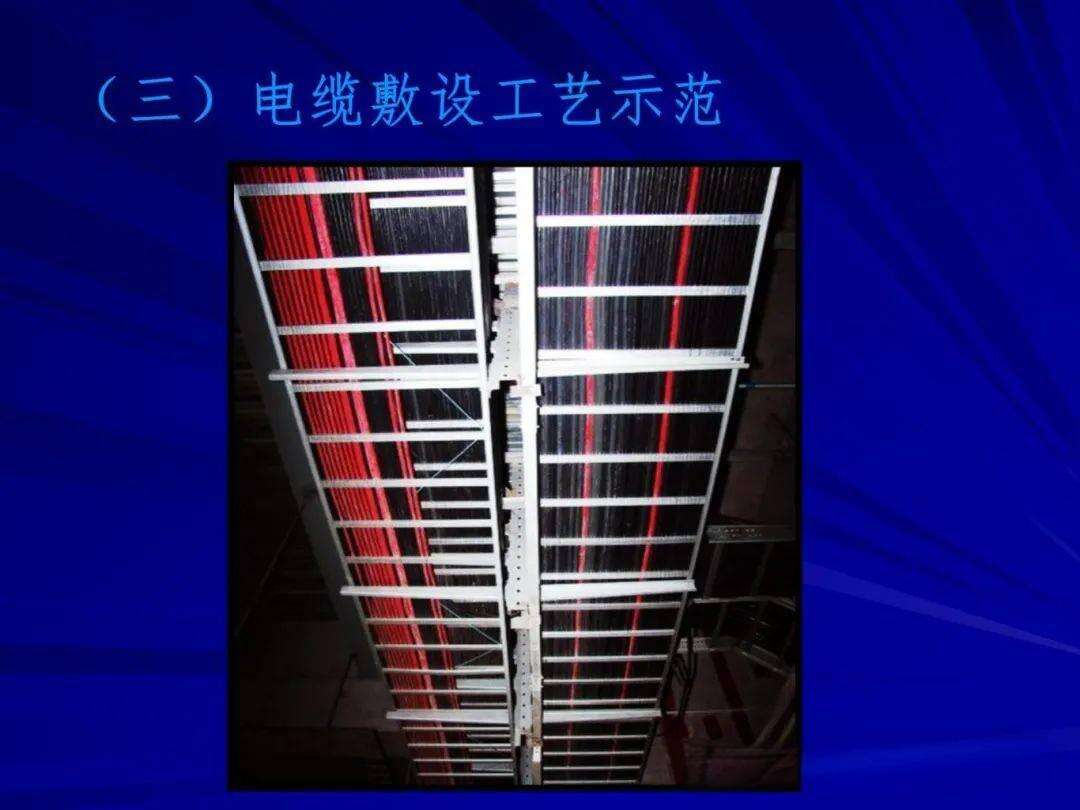Knowing how to install construction electrical cables properly is vital for ensuring safety, compliance, and reliability in building projects, and Weidong Technology provides key steps based on industry best practices. The first step in how to install construction electrical cables is planning the layout, mapping routes that avoid structural elements and high-traffic areas, using blueprints to determine cable sizes and types—Weidong’s BVV, BVR, or armored cables are suitable for different construction phases. When learning how to install construction electrical cables, use appropriate conduits (metal or PVC) to protect cables from damage during construction, securing them with clips at regular intervals to prevent sagging. Proper termination is a critical part of how to install construction electrical cables: strip insulation carefully to expose conductors, connect to terminals with crimps or lugs, and insulate with tape or caps to prevent short circuits. Additionally, how to install construction electrical cables involves grounding all metallic components to prevent electric shock, using approved grounding rods and clamps. Finally, test cables with a megohmmeter for insulation resistance before energizing, ensuring the installation meets safety standards, making following these steps on how to install construction electrical cables essential for successful construction projects.


